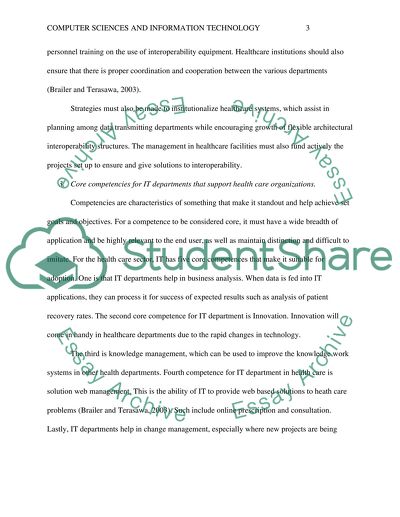Cite this document
(“Healthcare Information Management System Coursework”, n.d.)
Retrieved from https://studentshare.org/information-technology/1451810-answers-questions-on-healthcare-information
Retrieved from https://studentshare.org/information-technology/1451810-answers-questions-on-healthcare-information
(Healthcare Information Management System Coursework)
https://studentshare.org/information-technology/1451810-answers-questions-on-healthcare-information.
https://studentshare.org/information-technology/1451810-answers-questions-on-healthcare-information.
“Healthcare Information Management System Coursework”, n.d. https://studentshare.org/information-technology/1451810-answers-questions-on-healthcare-information.


